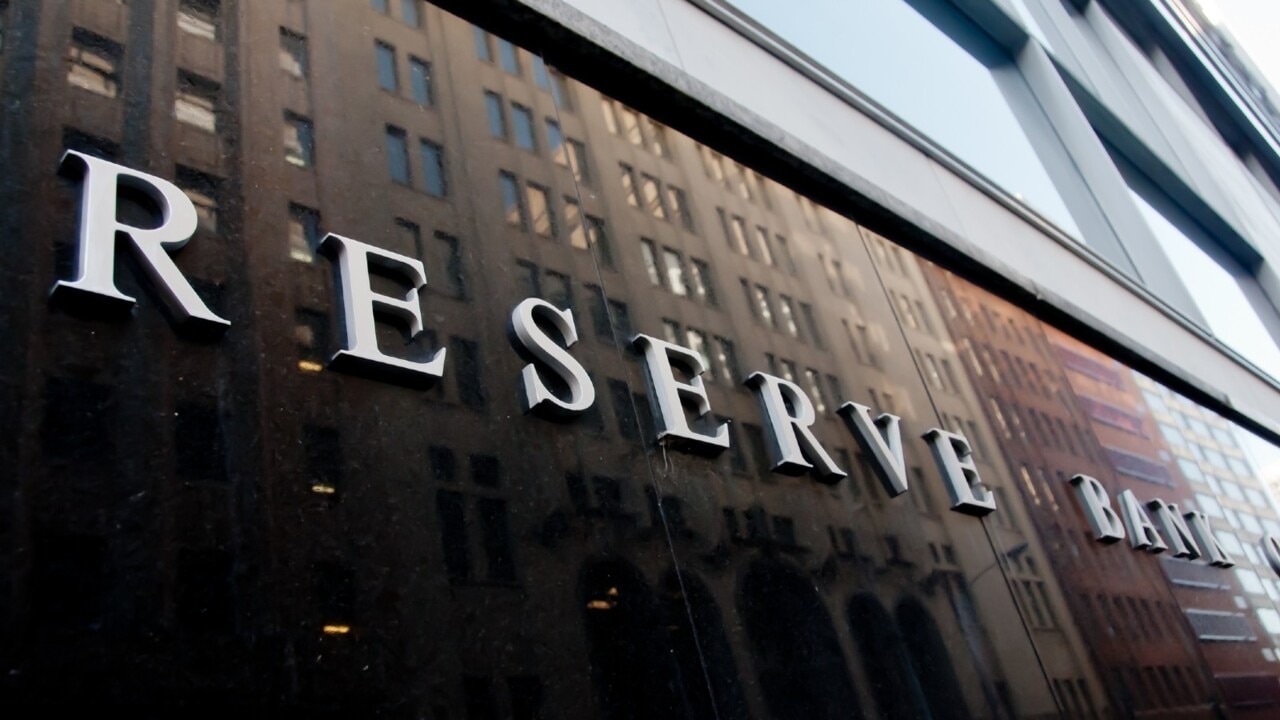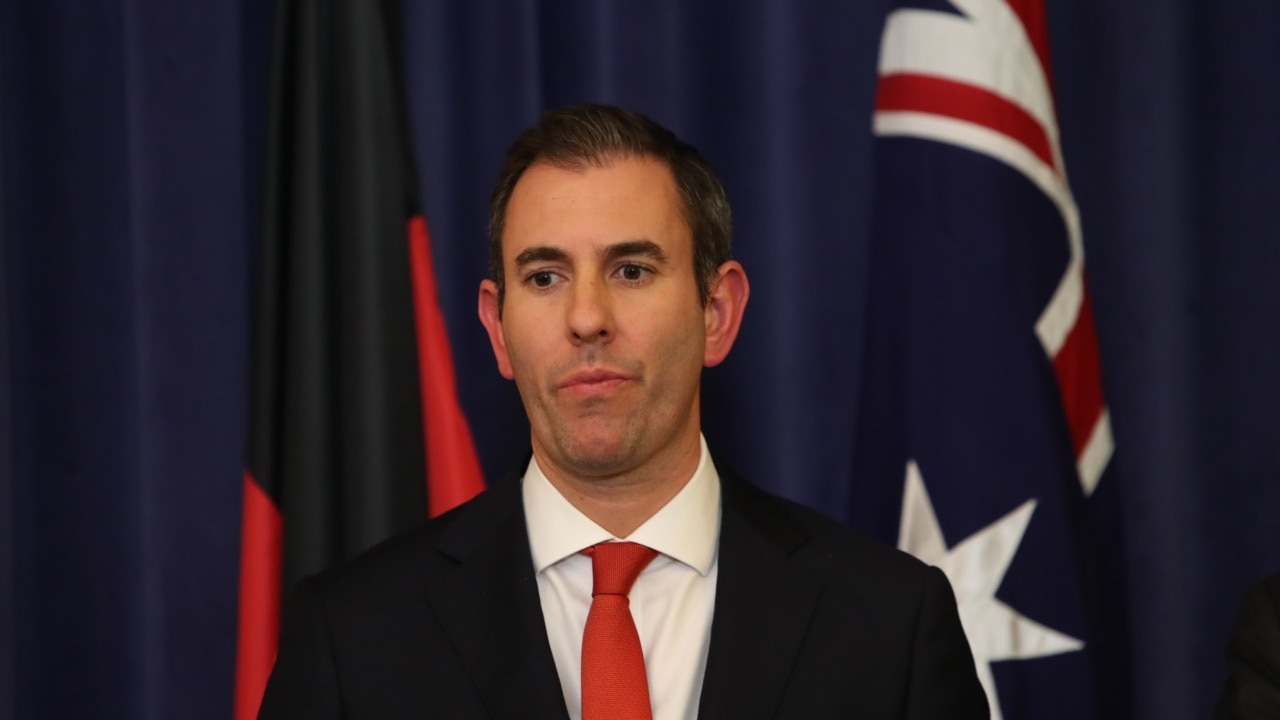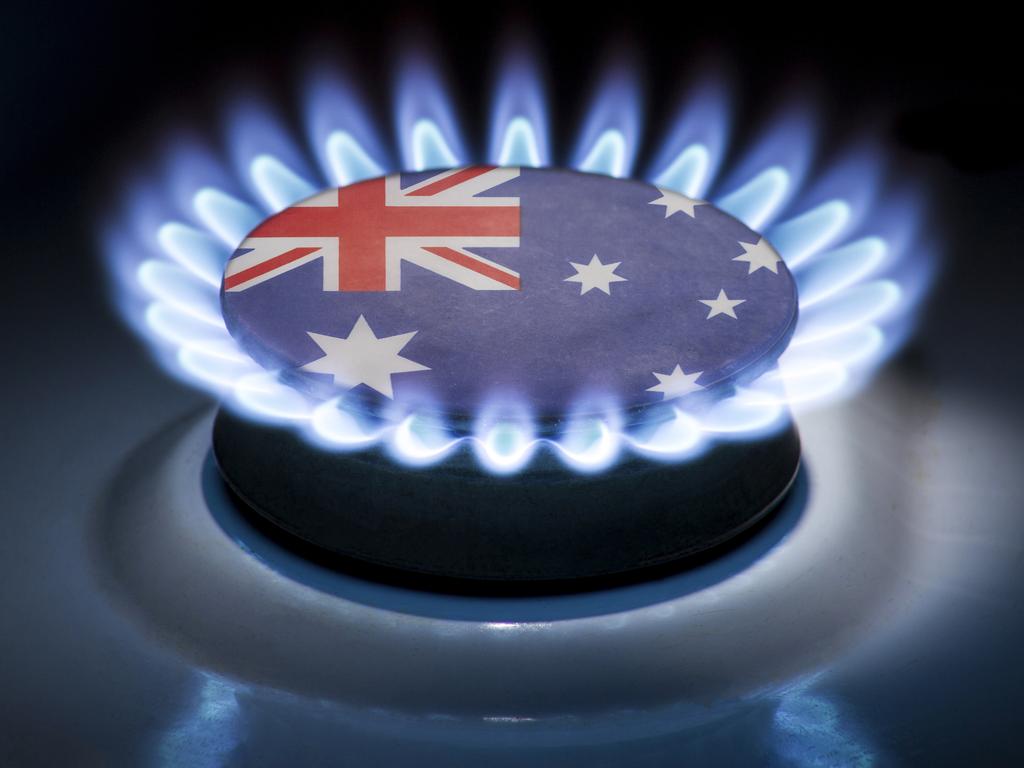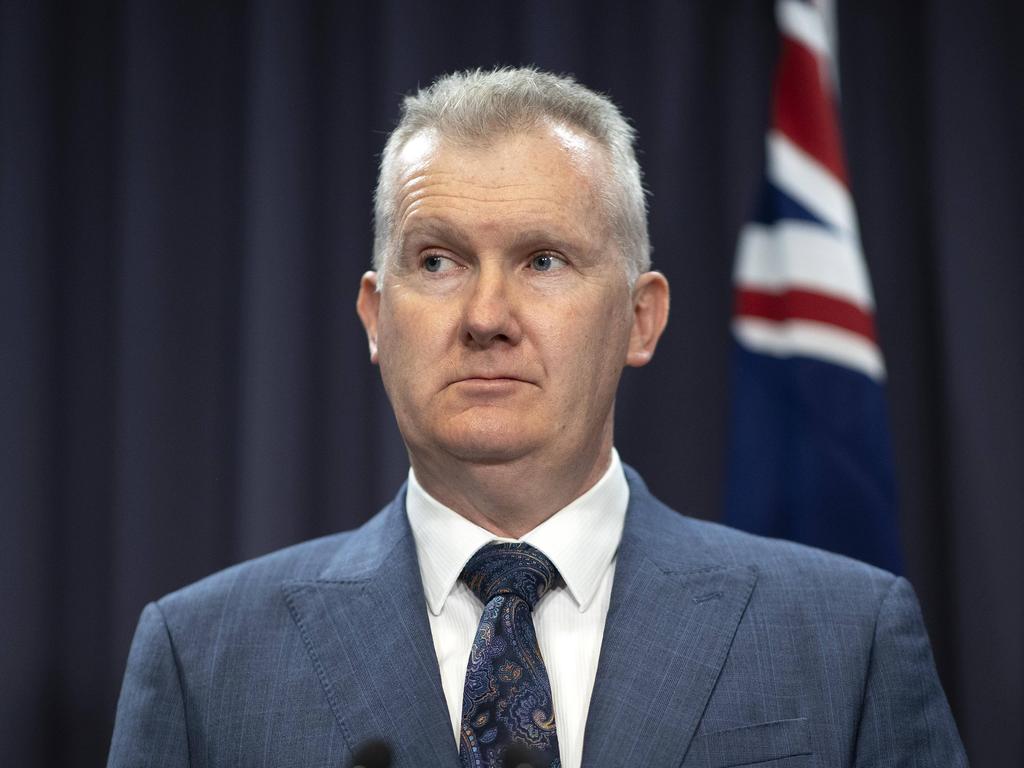Rate-hiking Reserve says we’re not done yet
The Reserve Bank has warned of further interest rate increases to tame inflation, which is now expected to peak at a higher 8 per cent this year.

The Reserve Bank has lifted rates from 2.6 per cent to 2.85, the seventh straight hike since May, as it warned further increases would be needed to tame inflation, which is now expected to peak at a higher 8 per cent this year.
The quarter-point increase would add $112 to the monthly interest bill on a $750,000 mortgage, bringing the full increase in repayments since the RBA began hiking in May to $1140, according to RateCity, and piling further pain on households facing a severe cost-of-living crunch.
At a dinner in Hobart following the decision, RBA governor Philip Lowe flagged interest rates would need to go “higher still”, even as he said “we are not on a preset path”.
“I understand that the higher interest rates that are needed to bring inflation under control are unwelcome by many people, especially those who have borrowed large amounts over recent times,” Dr Lowe said. “At our meeting, we discussed how the higher interest rates are putting pressure on family budgets, just at the time that high petrol prices and grocery bills are also squeezing budgets. We are conscious of this and are certainly taking it into account.”
Dr Lowe also revealed the central bank now predicted slower growth of 3 per cent in 2022, and a sharper deceleration to 1.5 per cent in each of the two coming years.
While higher rates were painful for many workers, the alternative of allowing high inflation to become entrenched in the economy would demand an even more severe response, one that would “increase the risk of a severe recession and a sharp rise in unemployment”, he said. “It would be much better to avoid such a costly outcome and so we have acted strongly to avoid it.”

His speech came a year after the RBA board dropped its prediction that rates would not rise until 2024. Dr Lowe flagged an earlier rise in rates but said the RBA had no plans to increase the cash rate in 2022. “Borrowers need to be aware that rates will rise again – not quickly, and not next year; the most likely case in 2024, but it’s possible its 2023,’’ he said at the time.
However, the RBA began lifting rates in May and has increased the official cash rate at every monthly board meeting since.
A handful of economists had predicted a half-a-percentage-point increase for Melbourne Cup day 2022 after data last week showed consumer price growth came in at a 32-year high of 7.3 per cent, suggesting inflation could prove more entrenched and peak at a higher level than feared.
But with interest rates now at “more normal levels” after starting the year at 0.1 per cent, Dr Lowe signalled the RBA was prepared to maintain a more measured approach for now, even as he said the board was “resolute in its determination to return inflation to the 2-3 per cent target range”.
The board needed to “strike the right balance between too much and too little” in order to keep the country treading the “narrow path” that would bring inflation under control “while at the same time keeping the economy on an even keel”. “It is still possible to do this, but there is a lot of uncertainty and we could be knocked off that narrow path, not least because of developments elsewhere in the world,” he said.
“Given the uncertainties regarding the outlook, we will be watching very carefully how the economy and the inflation pressures evolve over the summer. We are conscious that interest rates have been increased by a large amount in a very short period of time and that higher interest rates affect the economy with a lag.”

JP Morgan chief economist Ben Jarman said Tuesday’s increase was as expected, “but more importantly showed a steady hand, sticking to their recent pace in the face of last week’s strong inflation data”.
By pointing to the delayed impact of rate rises, Mr Jarman said Dr Lowe was making “an argument for not trying to solve inflation issues immediately”, and the effect was to “reduce the likelihood that policy keeps tightening until it is too late to undo what has been done”.
“That discretion is a luxury some other central banks like the BoE (Bank of England) and Fed (US Federal Reserve) cannot afford, given their much stronger growth in labour costs,” Mr Jarman said.
Ahead of a full set of updated economic forecasts in Friday’s Statement on Monetary Policy, Dr Lowe revealed the bank now expected inflation to peak at 8 per cent in December, or 0.25 of a percentage point higher than forecast in August.
Alongside higher inflation would come slower growth, with the economy now anticipated to grow by 3 per cent in 2022, against a previous forecast of 3.2 per cent. Growth in 2023 and 2024 was downgraded to 1.5 per cent in each year, from 1.8 per cent and 1.7 per cent, respectively.
Dr Lowe said the bank “expected unemployment holds steady for a while at what is a historically very low level, but then increases a bit as the economy slows” – eventually reaching “a little above” 4 per cent in 2024.
More Coverage








To join the conversation, please log in. Don't have an account? Register
Join the conversation, you are commenting as Logout